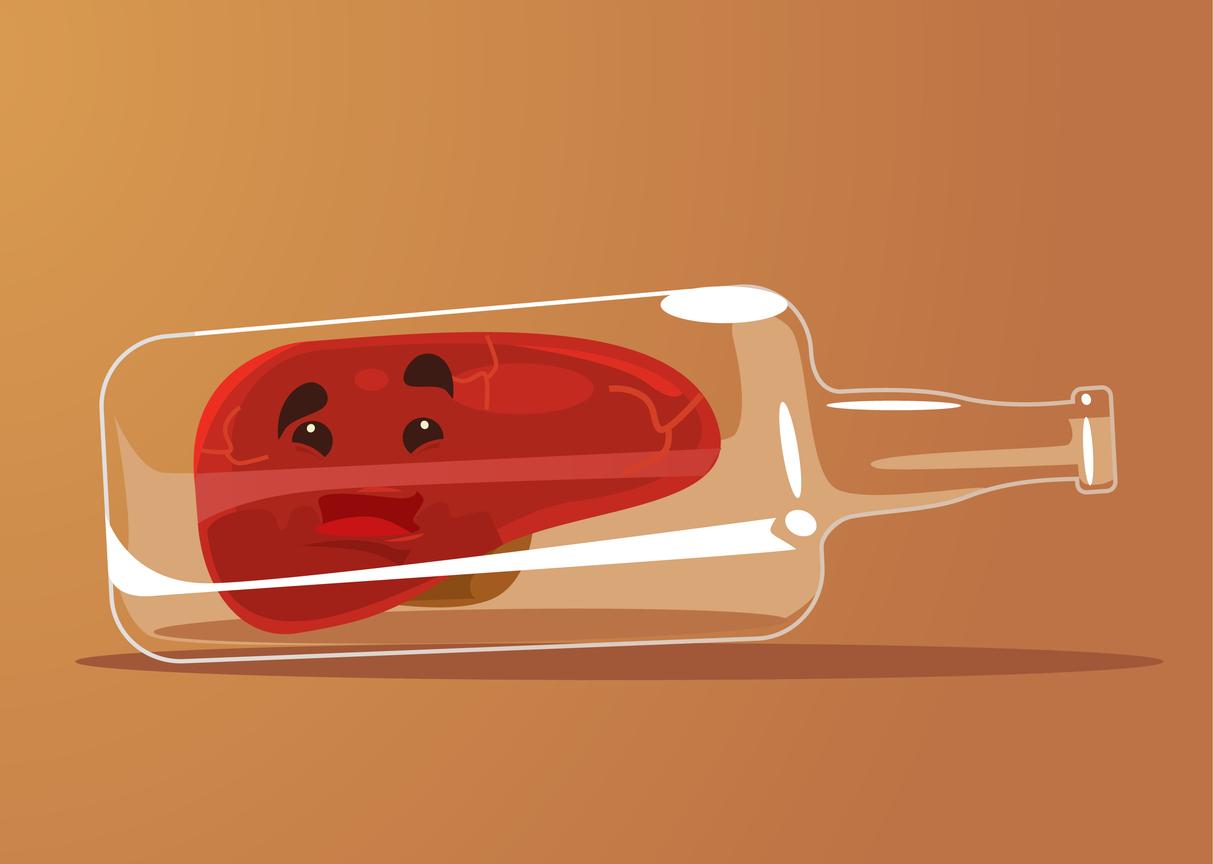This vital organ can perform its function and remain resilient for as many years, even after leaving its original body.

- In one study, 25 livers met the criteria for organs with a cumulative age greater than 100 years.
- The resistant liver donors were older, more precisely they were 84.7 years old compared to 38.5 years old for the other transplants.
- The latter had a lower level of transaminases.
Few people live to be 100 years old, but their liver could do so. This was revealed by American researchers at a conference of the American College of Surgeons (ACS). To find out the potential longevity of this vital organ, they analyzed data on 253,406 livers transplanted between 1990 and 2022. As part ofa study, the scientists took into account the age at the time of transplantation and how long the recipient would live after receiving this liver. According to the team, 25 livers met the criteria for organs with a cumulative age greater than 100 years.
Livers that could live more than 100 years came from older donors
According to the results, for those livers that could function for more than 100 years, the average donor age was significantly higher, 84.7 years compared to 38.5 years for other liver transplants. The authors noted that for a liver to reach 100 years old, they expected the average donor age to be higher and the donors to be healthier. In detail, donors in the group with resistant livers had a lower incidence of diabetes and fewer infections.
“Previously, we tended to avoid using livers from older donors. If we can figure out what is special about these donors, we can potentially transplant more available livers and get good results,” said Christine S. Hwang, co-author of the work and associate professor of surgery at the University of Texas Southwestern Medical Center.
Lower transaminase levels in donors with resistant livers
Another observation: resistant liver donors had a lower level of transaminases, namely enzymes present inside cells, particularly in the liver and muscles. High transaminases can cause problems during a liver transplant. Additionally, recipients of livers functioning for more than 100 years did not need emergency transplantation. “The donors and recipients presented the best conditions. This is what is needed to obtain very good results,” said Yash Kadakia, lead author of the research.
The scientists found that no resistant graft was no longer functioning due to primary non-functioning or vascular or biliary complications. Notably, there was no significant difference in rejection rates at 12 months between the group that received a live liver for more than 100 years and the control group. In addition, the results for the resistant liver group were significantly better in terms of allograft and patient survival.
“Livers are incredibly resilient organs. We are using older donors, we have better surgical techniques, we have made advances in immunosuppression, and we have a better match between donor and recipient factors. All these elements allow us to obtain better results”, concluded Yash Kadakia.
















